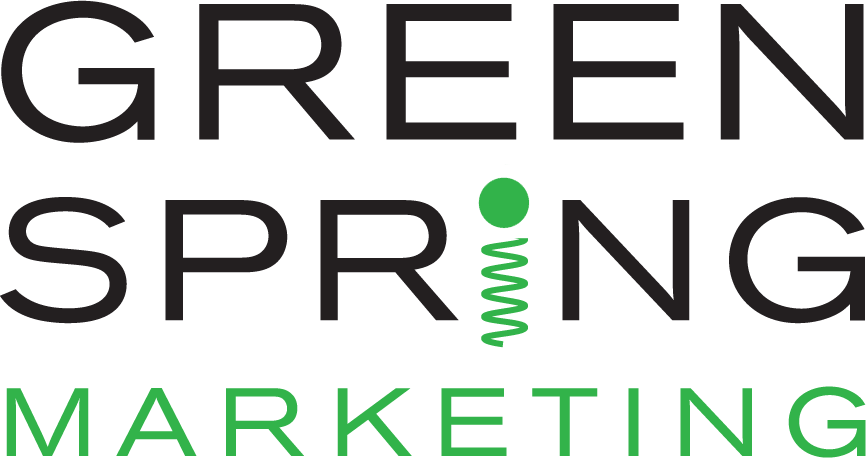According to Google, almost everyone in the world shops online. Of the people, globally, who were surveyed, 98 percent said they shop online, including browsing, researching and buying. And 60 percent of smartphone users used their search results to contact a business directly, such as “click to call.”
Companies who rank at the top of the results page are the ones who get the phone calls, and ultimately, the business.
How do you get your phone to ring?
Are you getting a piece of that pie? Are you using online marketing to take advantage of the staggering numbers of people who search online to buy?
At first glance, it can be overwhelming. The choices seem limitless so where to begin? And once you start, how do you know if what you’re doing is working? How can you get the most for your money?
Online marketing channels

Search Engine Optimization
When most people think “Internet Marketing,” they think Search Engine Optimization or SEO. However, you will begin to see that SEO is only a small piece of the much bigger “Internet Marketing” puzzle for business owners. There are other important components, and we are going to discuss all of them in future blogs.
But let’s start with SEO. And before that, let’s make an important distinction. SEO stands for Search Engine Optimization. SEM stands for Search Engine Marketing. BOTH methods are used for showing up in search results. But SEM means paying for ads and SEO means using tactics that raise your presence organically, without the use of paid ads. SEM is most commonly known as PPC (pay-per-click).

Search Engine Optimization involves getting your website to show up in the Organic and Map Listings. These listings account for a majority of the search volume. As depicted in the illustration below, more than 78% of searchers click on the Organic (non-paid listings) rather than the paid listings.

Search Engine Marketing / Pay-Per-Click
Search Engine Marketing (SEM) is also known as PPC (Pay-Per-Click). Google, Yahoo and Bing all have paid programs that allow you to buy listings associated with your keywords to be placed in designated areas of their sites. Not to confuse you even more, from here on we will refer to SEM as PPC since that’s typically what it’s called.
Four important benefits of PPC
- Your keyword listings will appear on search engines almost immediately
- You only pay when someone actually clicks on your listing – hence the term Pay-Per-Click
- Even if someone doesn’t click on your listing, but they see it, that’s called an impression and impressions are free
- You can get your ad to show up on national terms in the areas/cites in which you operate
PPC Marketing works on an auction system similar to eBay. You simply choose your keywords and propose a bid of what you would be willing to pay for each click. There are a number of factors that determine placement, and we will talk more about that later. But, in the broadest sense, the one who is willing to pay the most per click will be rewarded the top position in the search engines, while the second-most will be in the second position, etc.
PPC Marketing is a great way to get your company’s website to appear at the top of the search engines right away, driving qualified traffic to your website. And remember, you only pay when someone clicks. So, if someone sees your listing at the top of the search results but doesn’t click, that’s called an impression. Your name has made an impression on the consumer, but you didn’t have to pay for it because they didn’t click.
It takes time to organically show up in search engine results, so it’s important to get your name out there right away and PPC offers that. Both SEO and PPC matter when it comes to showing up in search results. It’s important to use both.

Leave a Comment